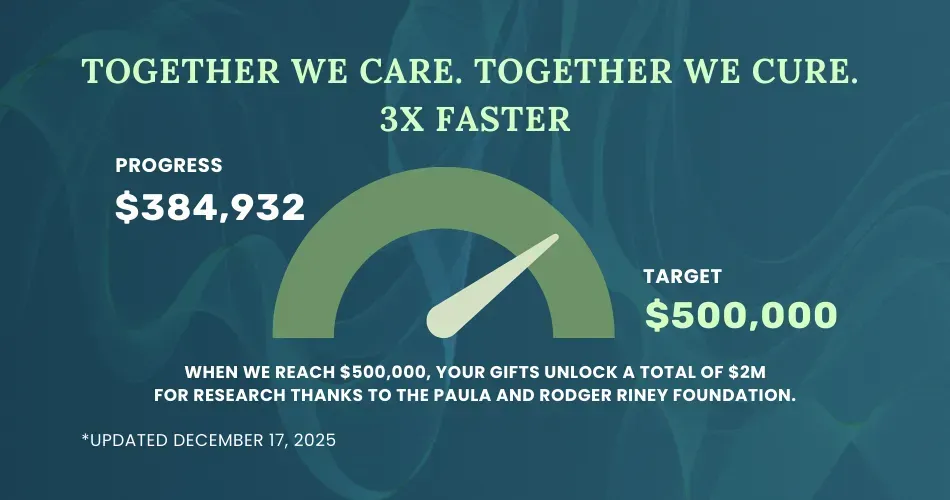How Long Will I Live With B-Cell Prolymphocytic Leukemia?
The prognosis for B-cell prolymphocytic leukemia (B-PLL) varies greatly depending on a number of factors, including the patient's overall health, age, and response to treatment.
What Do Statistics Say About the Life Expectancy for Someone With B-Cell Prolymphocytic Leukemia?
Statistics on life expectancy for B-PLL are limited due to the rarity of the disease. However, studies suggest that the median survival time is typically less than 3 years. Some patients may live longer, particularly if they respond well to treatment. It's important to remember that these are averages and individual patient outcomes can vary widely.
What Factors Affect Prognosis for B-Cell Prolymphocytic Leukemia?
- Age: Older patients may have a poorer prognosis than younger patients.
- Overall health: Patients with other health conditions may have a poorer prognosis.
- Response to treatment: Patients who respond well to treatment may have a better prognosis.
- Disease progression: Patients with rapidly progressing disease may have a poorer prognosis.
- Genetic mutations: Certain genetic mutations may affect prognosis.
It's important to note that survival statistics are general trends and a patient's individual prognosis can vary greatly. Each patient's case is unique and should be discussed with their healthcare provider. Having an B-PLL specialist on your team provides you with the best way of truly understanding your prognosis. Visit HealthTree's B-PLL Specialist Directory to find a B-PLL expert near you. You can also join HealthTree's social media platform, HealthTree Connect to meet other B-PLL patients and learn what they've done personally to live longer with B-PLL.
Want to Learn More About B-Cell Prolymphocytic Leukemia?
Keep reading HealthTree for B-Cell Prolymphocytic Leukemia's 101 pages!
The prognosis for B-cell prolymphocytic leukemia (B-PLL) varies greatly depending on a number of factors, including the patient's overall health, age, and response to treatment.
What Do Statistics Say About the Life Expectancy for Someone With B-Cell Prolymphocytic Leukemia?
Statistics on life expectancy for B-PLL are limited due to the rarity of the disease. However, studies suggest that the median survival time is typically less than 3 years. Some patients may live longer, particularly if they respond well to treatment. It's important to remember that these are averages and individual patient outcomes can vary widely.
What Factors Affect Prognosis for B-Cell Prolymphocytic Leukemia?
- Age: Older patients may have a poorer prognosis than younger patients.
- Overall health: Patients with other health conditions may have a poorer prognosis.
- Response to treatment: Patients who respond well to treatment may have a better prognosis.
- Disease progression: Patients with rapidly progressing disease may have a poorer prognosis.
- Genetic mutations: Certain genetic mutations may affect prognosis.
It's important to note that survival statistics are general trends and a patient's individual prognosis can vary greatly. Each patient's case is unique and should be discussed with their healthcare provider. Having an B-PLL specialist on your team provides you with the best way of truly understanding your prognosis. Visit HealthTree's B-PLL Specialist Directory to find a B-PLL expert near you. You can also join HealthTree's social media platform, HealthTree Connect to meet other B-PLL patients and learn what they've done personally to live longer with B-PLL.
Want to Learn More About B-Cell Prolymphocytic Leukemia?
Keep reading HealthTree for B-Cell Prolymphocytic Leukemia's 101 pages!
Trending Articles
Get the Latest B-Cell Prolymphocytic Leukemia Updates, Delivered to You.
By subscribing to the HealthTree newsletter, you'll receive the latest research, treatment updates, and expert insights to help you navigate your health.
Together we care.
Together we cure.
3x Faster.




